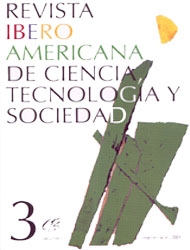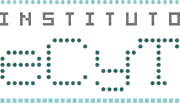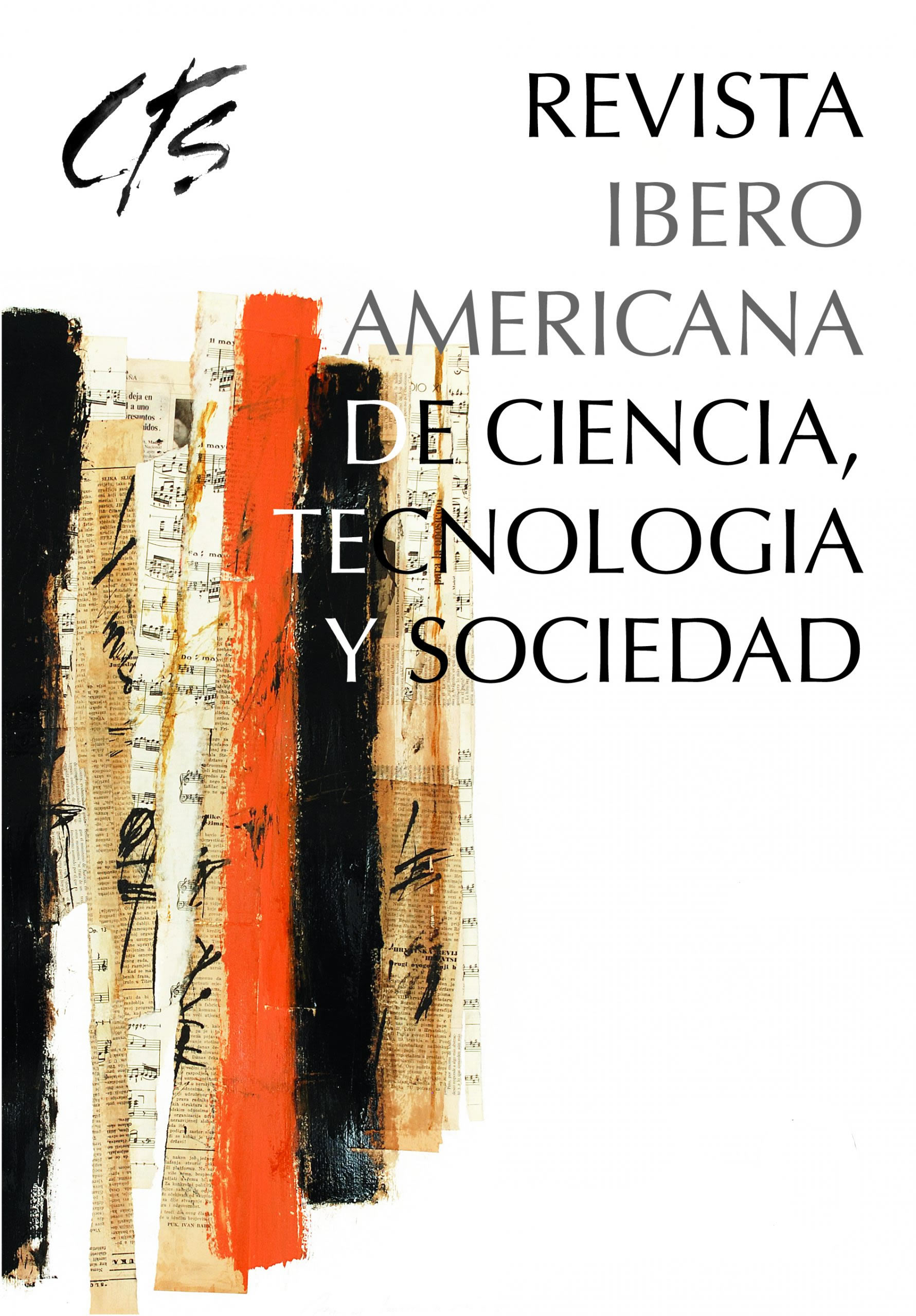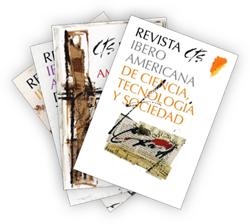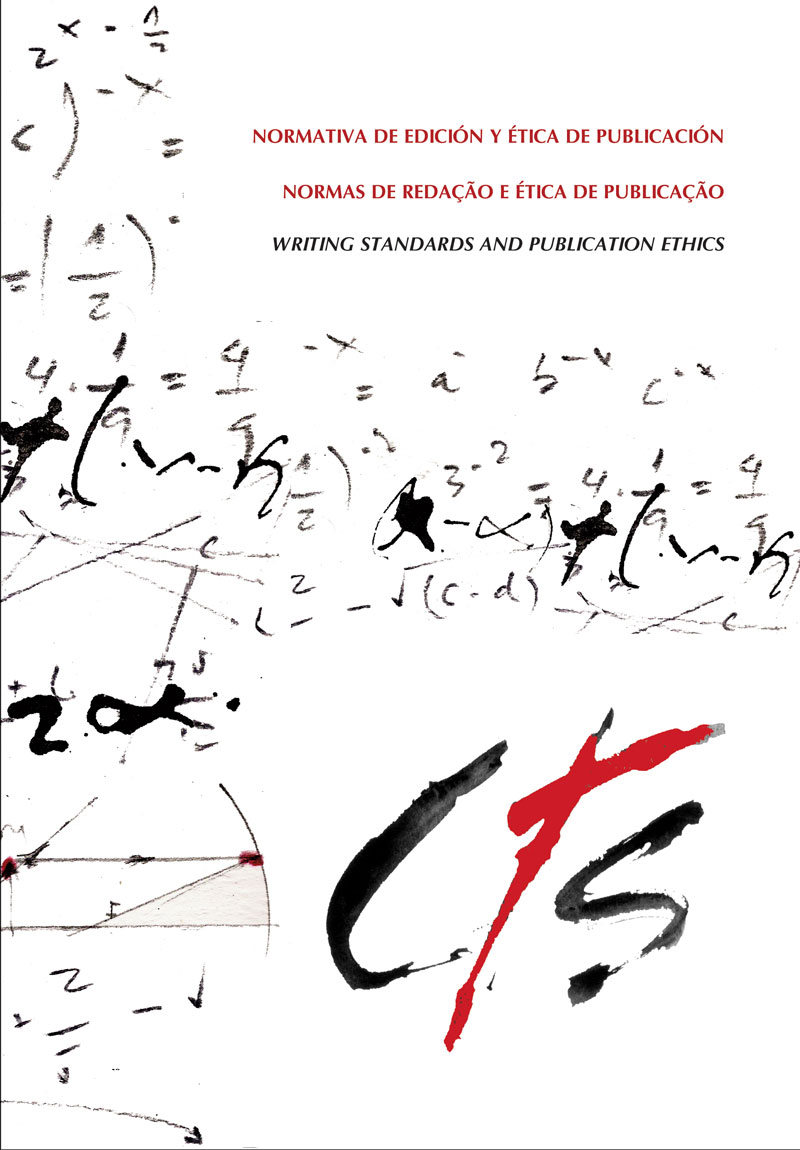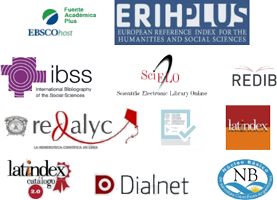O papel das agências de assistência internacional na criação de capacidades para a pesquisa nos países menos desenvolvidos
Lições da Nicarágua
DOI:
https://doi.org/10.52712/issn.1850-0013-1045Palavras-chave:
colaboração Norte-Sul, construção de capacidades, produção de conhecimento, NicaráguaResumo
O presente artigo parte da ideia de que as modalidades de apoio do Norte para o desenvolvimento de capacidades de pesquisa no Sul baseiam-se em premissas específicas relacionadas à produção e ao uso do conhecimento. Afirma-se que a maioria dos esquemas existentes tende a se apoiar em suposições que parecem necessitar de uma revisão, a fim de explicar o baixo impacto das parcerias de pesquisa Norte-Sul para o desenvolvimento. Esse argumento é ilustrado com uma análise da colaboração entre Nicarágua e Suécia, com o apoio da SAREC. São sugeridas novas premissas a serem consideradas ao se desenhar modalidades de apoio à construção de capacidades de pesquisa, a saber: i) a noção de inovação como um processo não linear que envolve diferentes atores sociais e formas de conhecimento; ii) a necessidade de relevância e responsabilidade social; iii) a ideia de autodeterminação e apropriação local.
Downloads
Referências
ACHARYA, A., LIMA, A.F. y MOORE, M. (2004): “Aid Proliferation: how responsible are the donors?”, IDS Working Paper 214, Institute of Development Studies, Brighton, Sussex.
ALLEBECK, P. y NIETO, A. (1994): SAREC support to research in health sciences at the UNAN university in León, Nicaragua, SAREC, Documentation.
BAUTISTA, C., VELHO, L. y KAPLAN, D. (2001): Comparative Study of the impacts of donor-initiated programmes on research capacity in the South, Ministry of Foreign Affairs, La Haya, Holanda.
BENNER, M. y SANDSTROM, U. (2000): “Institutionalizing the triple helix: research funding and norms in the academic sector”, Research Policy 29: 291-301.
BLUME, S. (1995): Problems and prospects of research training in the 1980’s in OECD (ed.) Research Training: present and future, París, OECD .
BRUNNER, J. J. y EDUARDS, K. (1994): Nicaragua. Higher Education and Research, SAREC, Documentation.
CAPES (2002): http://ged.capes.gov.br/Agdw/silverstream/pages/frPesquisaColeta.html
CARRINGTON, W. J. y DETRAGIACHE, E. (1998): How big is the Brain Drain?, Working Paper of the International Monetary Fund, WP/98/102.
CHEPS (Center for Higher Education Policy Studies) (2002): Changing Modes of Knowledge Production and Labor Markets, Proceeding of the International Workshop, University of Twente, Enschede, Holanda, 21-22 de octubre de 2002.
CLARK, N., HALL, A., SULAIMAN, R. y NAIK, G. (2003): “Research as Capacity Building: the case of an NGO facilitated post-harvest innovation system for the Himalayan Hills”, World Development 31 (11): 1845-1863.
CLARK, N., YOGANAND, B. y HALL, A. (2002): “New Science, Capacity Development and Institutional Change: the Case of the Andhra Pradesh-Netherlands Biotechnology Programme (APNLBP)”, International Journal of Te c h n o l o g y Management and Sustainable Development 1 (3): 196-212.
COLLINS, H. (1995): What is tacit knowledge?, Southampton.
CROSSLEY, M. y GRAHAM, V. (1996): “Issues and trends in qualitative research: potential for developing countries”, International Journal of Educational Development 16 (4): 439-448.
ETZKOWITZ, H. (1998): “The norms of entrepreneurial science: cognitive effects of the new university-industry linkages”, Research Policy 27: 823-833.
ETZKOWITZ, H. y LEYDESDORFF, L. (2000): “The dynamics of innovation: from national systems and ‘Mode 2’ to the triple helix of university-industry-government relations”, Research Policy 29: 109-123.
EYBEN, R. (2003): “Donors as political actors: fighting the Thirty Years War in Bolivia”, IDS Working Paper 183, Institute of Development Studies, Brighton, Sussex.
FREEMAN, C. (1995): “The ‘National System of Innovation’in Historical Perspective”, Cambridge Journal of Economics 19 (1): 5-24.
FREEMAN, C. (1988): “Japan: a new national system of innovation?”, en Dosi, G. et al. [eds.]: Technical Change and Economic Theory, Londres, Pinter: 330-348.
FRISCHER, J. y LARSSON, K. (2000): “Laissez-faire in research education - an inquiry into a Swedish doctoral program”, Higher Education Policy 13: 131-155.
FUKUDA-PARR, S., LOPES, C. y MALIK, K. [eds.] (2002): Capacity for Development, Londres, Earthscan Publications Ltd. and UNDP.
GAILLARD, J. (1998): “Donor Models for strengthening research capacity building in developing countries”, en Garrett, M. J. y Granqvist, C. G. [eds.]: Basic Sciences and Development, Alderhot, Ashgate: 37-74.
GIBBONS, M., LIMOGES, C., NOWOTNY, H., SCHWARTZMAN, S., SCOTT, P. y TROW, M. [eds.] (2000) [1994]: The New Production of Knowledge, Londres, SAGE Publications.
GODIN, B. (1998): “Writing performative history: the new New Atlantis?”, Social Studies of Science 28 (3): 465-483.
GODIN, B. y GINGRAS, Y. (2000): “The place of universities in the system of knowledge production”, Research Policy 29: 273-278.
GROSS, P. R. y LEVITT, N. (1998): Higher superstition. The academic left and its quarrels with science, Baltimore y Londres, The Johns Hopkins University Press.
HENKEL, M., (2002): Current Science Policies and their implications for the concept of academic identity, in CHEPS (op cit) pp. 55-69.
HUMAN DEVELOPMENT REPORT (HDR) (2001): Making New Technologies Work for Human Development, New York, United Nations Development Programme (UNDP).
LUNDVALL, B.-A. [ed.] (1992): National Systems of Innovation. Towards a Theory of Innovation and Interactive Learning, Londres, Pinter Publishers.
MANGEMATIN, V. (2000): “PhD job market: professional trajectories and incentives during the PhD”, Research Policy 29: 741-756.
MERTON, R. K. (1973) [1942]: “The Normative Structure of Science”, en The Sociology of Science, Chicago, University of Chicago Press.
NATIONAL SCIENCE BOARD (2002): Science and Engineering Indicators 2002: http://www.nsf.gov/sbe/srs/seind02
NCHINDA, T. C. (2002): “Research capacity strengthening in the South”, Social Science & Medicine 54: 1699-1711.
NELSON, R. [ed.] (1993): National Innovation Systems: A Comparative analysis, New York, Oxford University Press.
NOWOTNY, H. (2000): “The production of knowledge beyond the academy and the market: a reply to Dominique Pestre”, Science, Technology and Society 5 (2): 183-194
OECD (2001): Using Knowledge for Development. The Brazilian Experience, París, OECD Publications.
PAVITT, K. (1998): “The social shaping of the national science base”, Research Policy 27: 793-805.
PESTRE, D. (2000): “The Production of Knowledge between academies and markets: a historical reading of the book The New Production of Knowledge”, Science, Technology and Society 5 (2): 169-181.
PLAN NACIONAL DE EDUCACIÓN 2001-2015 (2001): Republica de Nicaragua.
POLANYI, M. (1958): “Personal Knowledge”, en Towards a post critical philosophy, Chicago, University of Chicago Press.
REDING, A. A. (1991): “The Evolution of governmental institutions”, en Walker, T. [ed]: Revolution and Counterrevolution in Nicaragua, Boulder, Colorado, Westview: 15-47.
RICYT (2002): http://www.ricyt.org
RIP, A. (2002): “Strategic Research, Post-modern universities and Research Training, in CHEPS (Center for Higher Education Policy Studies)”, Changing Modes of Knowledge Production and Labor Markets, Proceeding of the International Workshop, University of Twente, Enschede, Holanda, 21-22 de octubre de 2002: 45-54.
RIP, A. y VAN DER MEULEN, B. (1996): “The post-modern research system”, Science and Public Policy 23 (6): 343-352.
RONAYNE, J. (1997): “Research and the new universities towards mode 2”, ATSE Focus, 98: http://www.atse.org.au/publications/focus/focus-ronayne.htm
SAREC e IDRC (1991): Knowledge in the Pursuit of Change, SAREC e IDRC: 5-7.
SIDA (1998): Research Co-operation. I. An outline of Policy, Programmes and Practice, Department for Research Cooperation, Estocolmo.
SIDA (2000): SIDA’s Policy for Capacity Development, Methods Development Unit, Estocolmo.
SIDA/SAREC (2000): S I D A’s Policy for Capacity Development, Methods Development Unit, Estocolmo.
SIDA/SAREC (2001): Asdi’s project assessments and budgets for the years 2001-2003, Estocolmo.
TAIT, J. y WILLIAMS, R. (1999): “Policy approaches to research and development: foresight, framework and competitiveness”, Science and Public Policy 26 (2): 101-112.
ToR (2001): Terms of Reference, Sida/Sarec, Cecilia Scharp.
UNESCO (2000): World Education Report 2000, París, UNESCO, en http://www.unesco.org/education/information/wer/WEBtables/regtabweb.xls
VELHO, L. (2001): Analysis of SAREC Support to the National Agricultural University (UNA) in Nicaragua, Maastricht.
VELHO, L. (2004): “Science and Technology in Latin America and the Caribbean. An overview”, UNU-INTECH Discussion Paper 2004-4, Maastricht, Institute for New Technologies, en www.intech.unu.edu.
WAAST, R. y KRISHNA, V. V. (2003): “Science in Africa: From Institutionalisation to Scientific Free Market - What Options for Development?”, Science, Technology and Society 8 (2): 153-181.
WEINGART, P. (1997): “From ‘finalization’ to ‘mode 2’: old wine in new bottles?”, Social Science Information 36 (4): 591-613.
WORLD BANK (2002): World Development Indicators 2002, CD-ROM.
ZIMAN, J. (1994): Prometheus Bound: Science in a dynamic steady state, Cambridge, Cambridge University Press.
Downloads
Publicado
Como Citar
Edição
Seção
Licença
Copyright (c) 2025 CC Attribution 4.0

Este trabalho está licenciado sob uma licença Creative Commons Attribution 4.0 International License.
Todas os números de CTS e seus artigos individuais estão sob uma licença CC-BY.
Desde 2007, a CTS proporciona acesso livre, aberto e gratuito a todos seus conteúdos, incluídos o arquivo completo da edição quadrimestral e os diversos produtos apresentados na plataforma eletrônica. Esta decisão é baseada no entendimento de que fornecer acesso livre aos materiais publicados ajuda a ter uma maior e melhor troca de conhecimentos.
Por sua vez, em se tratando da edição quadrimestral, a revista permite aos repositórios institucionais e temáticos, bem como aos sites pessoais, o autoarquivo dos artigos na versão post-print ou versão editorial, logo após da publicação da versão definitiva de cada número e sob a condição de incorporar ao autoarquivo um link direcionado à fonte original.
